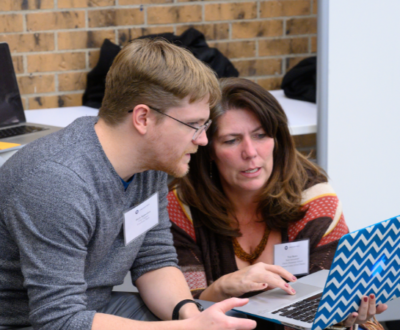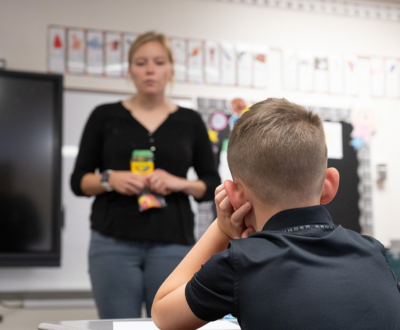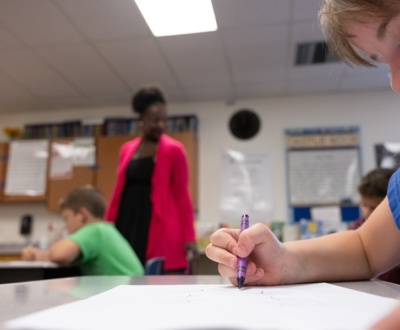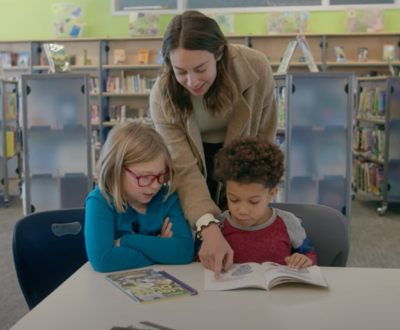Best Practices for Continuous Improvement
(Or No More Silver Bullets)
Every silver bullet comes from the same mindset: fix it quick. Schools continue to fall short of sometimes even modest hopes in spite of the energetic, sincere interests of talented and intelligent teams of leaders and educators. That is because quick-fix solutions to complex problems get in the way of learning and growing. Changemakers need to take the long view to implement effective continuous improvement processes. The mission today is urgent, but the vision must be long-term and incremental.
Incremental Changes
Every day changes will move schools to the next levels of success. The best continuous improvement processes include incremental shifts in planning and decision making and incremental shifts in action. In other words, to close gaps over years, we need to close gaps over days. The changes in every lesson are the changes that will impact learning long-term, and the long game plays out lesson by lesson, unit by unit.
Make Information Accessible
Real, sustainable change can and will happen when teachers and organizations are equipped with high quality, actionable information to guide instruction, programming, and systematic decisions. Continuous improvement starts in classrooms: teachers need to understand their students and rich, meaningful information should infuse collaborative teamwork to connect directly to the lessons being taught.
Ensure that Assessments Link with Instruction
Interim and benchmark assessments distract teachers away from the core instruction. Seeking to gather quick information, districts increasingly assess students more and more. Unfortunately, these assessments do not lead to transformative actions. The results are abstract and are not grounded in the planning process. Teachers need assessment result data that links to daily instructional cycles to drive continuous improvement.
The incremental changes necessary for long-term, sustainable improvement will not come from silver bullets. Real improvements are the result of teachers’ everyday instructional decisions, leading to incremental improvements over time. Schools can genuinely impact student learning outcomes and commit to real, sustainable change by eliminating quick fixes, embracing incremental change, amplifying classroom assessment information, and ensuring that assessments directly connect to instruction.
Afterall, there are no silver bullets in real change, just dedicated changemakers.
About us and this blog
Our team and tools help schools implement standards-based grading, streamline assessment systems, and use meaningful data to drive decision-making.









